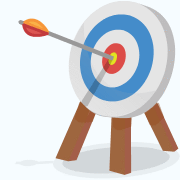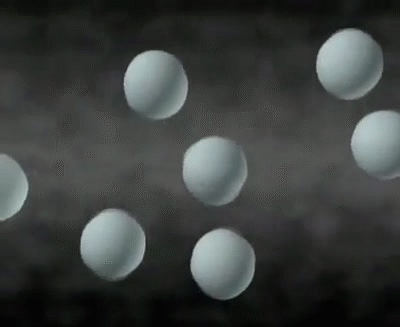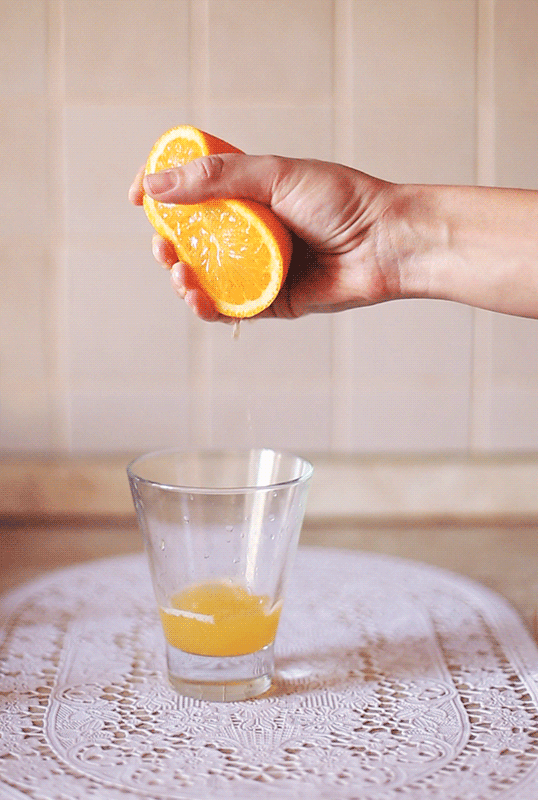STEP 1: THE QUESTION
Every science experiment is designed to answer a question. For example, this experiment was designed to find out whether increasing the level of concentration increased the amount of gas produced. This is called the aim.
The next part is called the hypothesis. It is an educated guess about what will happen when the experiment is conducted. For example, you could have guessed that the cup with just orange juice would produce the most gas, followed by the cup with half orange juice and half water, followed by the cup with the most water.

the aim is the question you want to answer
STEP 2: DESIGNING A FAIR TEST
A fair test is an experiment where only one part is changed. This makes sure only one thing affects the results, so you get the most accurate results.
The part that is changed is called the independent variable. This is related to the question you asked in step one. For example, the concentration of orange juice would be the independent variable in this experiment because we are testing how it affects the level of gas produced.


The part of the experiment that is changed because of the independent variable is called the dependent variable. In this experiment, the amount of gas produced is the dependent variable. This is because it is changed by the concentration of orange juice.
Every other part of the experiment has to stay the same. These are called control variables. There is often more than one control variable in an experiment. In this experiment, the control variables were:
-
the level of acidity in the orange
-
we used oranges from the same batch
-
-
the temperature of the environment
-
the experiment was done on the same day, in the same room
-
-
the number of reactants
-
there were only three items used in the mixture, orange juice, water and baking soda
-
-
the type of reactant
-
we only used orange juice, water, and baking soda to conduct the experiment. We didn't swap any of the 3 items for something else.
-

The three variables are often listed in a table such as this one. This is called a table of variables.
STEP 3: RECORDING YOUR RESULTS
While conducting the experiment, it is important to record what happens in a results table. Your results tell you the answer to the question you made in the aim. You have already completed one for this experiment on the worksheet we provided.
It is also important to include a discussion and conclusion. State what happened and why you think it happened. For example, in this experiment, your conclusion could state the amount of gas each solution produced from largest to smallest. You could also say why you think this happened using the information on concentration and chemical reactions on the second page of this website. Your conclusion should also say whether your hypothesis was correct or not.

